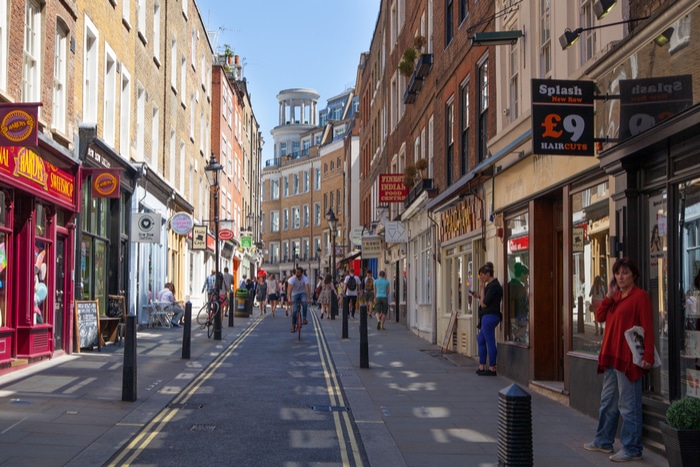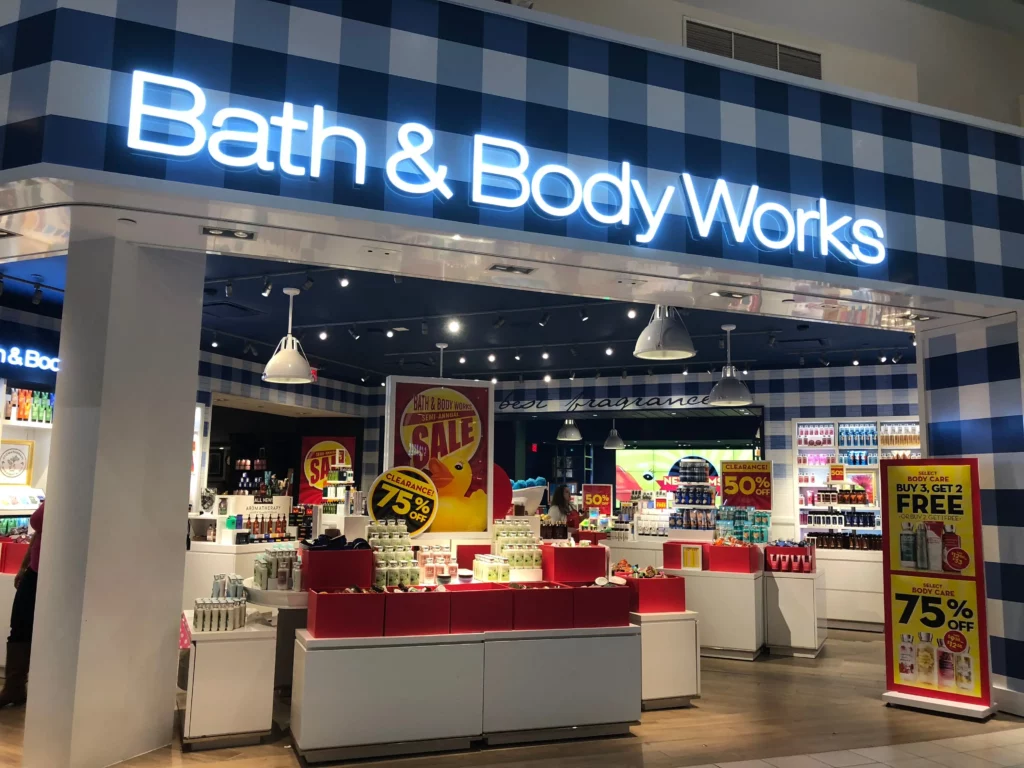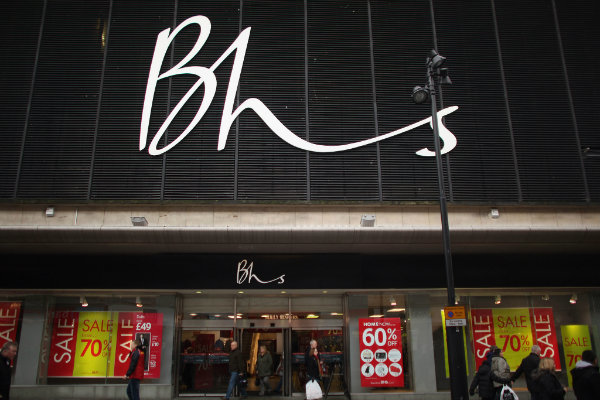// December footfall fell by 7.2% against the same month in 2018, according to Ispos Retail Performance
// This is higher than the -6.1% forecast.
// Black Friday blamed as the reason for this drop
Black Friday managed to “knock the stuffing out of the Christmas” when it came to footfall figures during the peak December month, new figures from Ipsos Retail Performance show.
Footfall fell by 7.2 per cent in December against last the same month in 2018, slightly higher than the 6.1 per cent forecast.
The start of the official reporting month was strong, given it contained Black Friday, with stores 0.8 per cent busier in that first full week compared to Black Friday week last year.
Footfall on Black Friday itself was up by 5.6 per cent, Ipsos Retail Performance’s Retail Traffic Index shows.
READ MORE:
- Shoppers shun post-Christmas sales as footfall drops 4%
- Boxing Day saw biggest footfall decline since 2010
- Christmas Eve footfall drops after “manic Monday”
However, while the number of shoppers in non-food stores usually rises progressively each week in the month before Christmas Day, this year that failed to materialise.
The index indicated that footfall fell back by 1.8 per cent during the week commencing December 8, signalling that the appetite for Christmas shopping was on the wane.
The final full week before Christmas did see something of a recovery, jumping up by 13.7 per cent, but not enough to make up for lost ground.
Super Saturday was also not so super, registering a 6.2 per cent decline on last year, and both Christmas Eve and Boxing Day disappointed against last year with falls of 9.4 per cent and 13.4 per cent respectively.
Despite this, footfall rallied at the tail-end of the month, with shopper numbers on Friday December 27 being only 1.1 per cent down on Super Saturday, driven gain by the winter sales.
“The obvious concern was this strong showing would cannibalise demand in the following run-in to Christmas; and so it transpired,” Ipsos Retail Performance retail intelligence director Dr Tim Denison said.
“Black Friday knocked the stuffing out of Christmas shopping, at least in store footfall terms.”
When compared to the November, the index showed that December’s average weekly footfall was up 27.7 per cent.
London and the South East was also the only region in the UK to register an increase in store footfall, up 0.8 per cent on December 2018.
Meanwhile, store footfall for the fourth quarter fell by seven per cent year-on-year, although this was a slight improvement on the 7.9 per cent drop that was measured in the third quarter.
Overall, for 2019 footfall fell by five per cent against a forecast of 5.1 per cent.
“Overall, the annual decline in footfall ended up as we had predicted, but the pattern of the year was very different,” Denison said.
“Far from being a ponderous start, shoppers came out of the blocks early and in their numbers during the first six months, responding to the strengthening of real earnings growth.
“However, the resolve of shoppers eroded after the summer, reflecting the political and economic stalemate that befell the nation.
“We start 2020 in a more optimistic hue than in any of the previous three years.
“Now with a powerful Brexit mandate behind the government, the country is hoping to be lifted out of paralysis and back into productivity, bringing new vigour into the consumer economy.”
Click here to sign up to Retail Gazette‘s free daily email newsletter
















